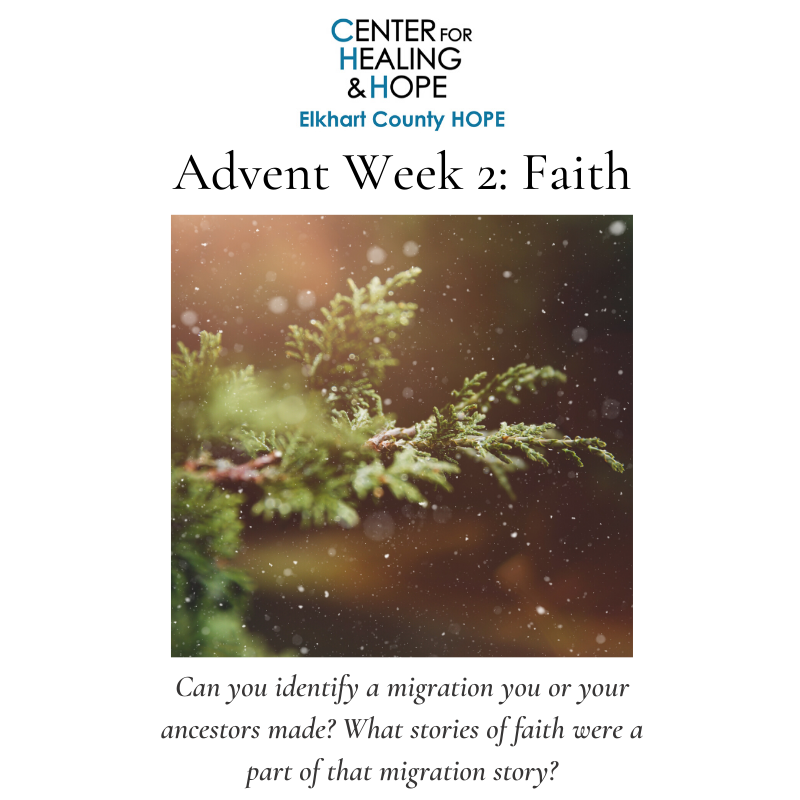
Luke 2:1-7 In those days a decree went out from Emperor Augustus that all the world should be registered. This was the first registration and was taken while Quirinius was governor of Syria. All went to their own towns to be registered. Joseph also went from the town of Nazareth in Galilee to Judea, to the city of David called Bethlehem, because he was descended from the house and family of David. He went to be registered with Mary, to whom he was engaged and who was expecting a child. While they were there, the time came for her to deliver her child. And she gave birth to her firstborn son and wrapped him in bands of cloth, and laid him in a manger, because there was no place for them in the inn.
Matthew 25:37-40 ‘”Lord, when was it that we saw you hungry and gave you food, or thirsty and gave you something to drink? And when was it that we saw you a stranger and welcomed you, or naked and gave you clothing? And when was it that we saw you sick or in prison and visited you?” And the king will answer them, “Truly I tell you, just as you did it to one of the least of these who are members of my family, you did it to me.”
In these first verses of the Luke 2 we learn of a census taking place and people having to migrate in order to be counted in the correct city. Although the verses do not go into details about the migration from Nazareth to Bethlehem, scholars have researched and written about this dangerous journey. The two cities were only 90 miles apart but at the time Mary and Joseph would have only been able to travel 10-20 miles per day due to Mary’s pregnancy and the travel conditions of the day. The arduous journey would have been in winter with temperatures in the 30’s and lots of rain. They would have traveled through the forested valley of the Jordan River and faced dangers such as wild animals as well as robbers. Then, when they did arrive, they found the city overcrowded and unwelcoming.
I wish that the Gospel of Luke included more of this story of migration, but even without the details, we are able to put ourselves into the story. I can only imagine that Mary and Joseph would have been terrified to make such a dangerous migration. However, I think that they would have had faith that God would keep them safe and that they would be welcomed at their destination. However, even though Mary and Joseph made it to their destination and the baby was born, they were not welcomed. The Christ-child that the prophets spoke of was born not into a palace, but in a barn. This is not the only forced migration that Mary and Joseph endured. Soon after Jesus’ birth, the family was forced to flee to Egypt to avoid the genocide of baby boys that soon took place in Bethlehem. At a young age, Jesus was an immigrant in a foreign land escaping persecution.
Unfortunately, the story of migration has not changed a lot since the time of Jesus. Everyday people make dangerous journeys in the hopes of a better life. Migrants coming to the United States through the southern border face many of the same dangers that Mary and Joseph did. They, too, face a dangerous landscape with unpredictable weather. They face the dangers of the wild animals as well as dangers posed by drug lords and border patrol. However, they make the journey in faith that a better life awaits. They make the journey north to escape persecution in their home countries. They travel to be able to provide for families back home. They make the journey with faith that they will arrive safely and be welcomed into a new place. However, all too often, like Jesus, they are unwelcome in their new home.
As Advent is a time of preparing to welcome the coming Christ-child, I invite you to consider your own ways of welcome. In the book of Matthew, Jesus says very clearly that to welcome Christ is to welcome those on the margin of society, which includes immigrants. I believe that in this season it is important to honor the faith of migrants by welcoming them with open arms and finding ways to provide for their needs as well as building relationships and learning the stories of faith that brought them to the United States. To welcome immigrants is to welcome the Christ-child.
Devotional written by Julia Schmidt, Immigrant Resource Coordinator at Center for Healing and Hope.
Thoughts to ponder
Can you identify a migration you or your ancestors made? What stories of faith were a part of that migration story?
How are you welcoming immigrants in your community?
Actions to take
Learn your own migration story – All people in the United States have some sort of migration story. From the forced migration of Native Americans to Swiss Mennonites escaping persecution, we all have stories of migration and faith in our families.
Build relationships – Find ways to get to know and welcome the immigrants in your own community by getting to know your neighbors and building relationships with people on the margins of society.
Reach out to organizations who work closely with immigrants to volunteer and build relationships while meeting needs. Center for Healing and Hope is always looking for volunteers for our medical clinic as well as distributing the Goshen Resident ID (GRID) card. Click here for ways to volunteer.
Mennonite Central Committee is collecting kits for asylum and immigration detainees once they leave immigration detention. Click here for how to put together a kit.